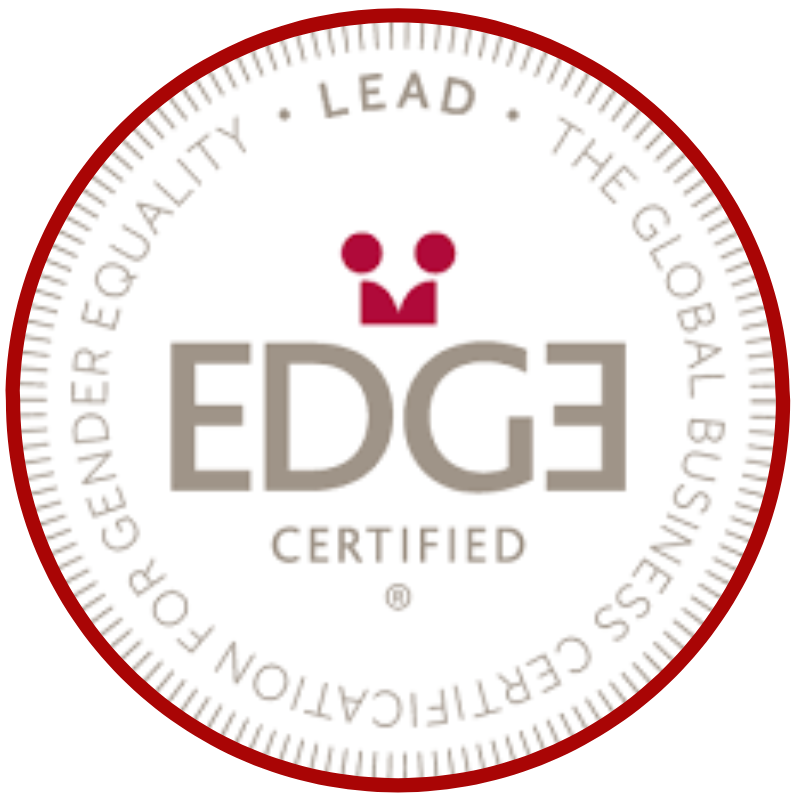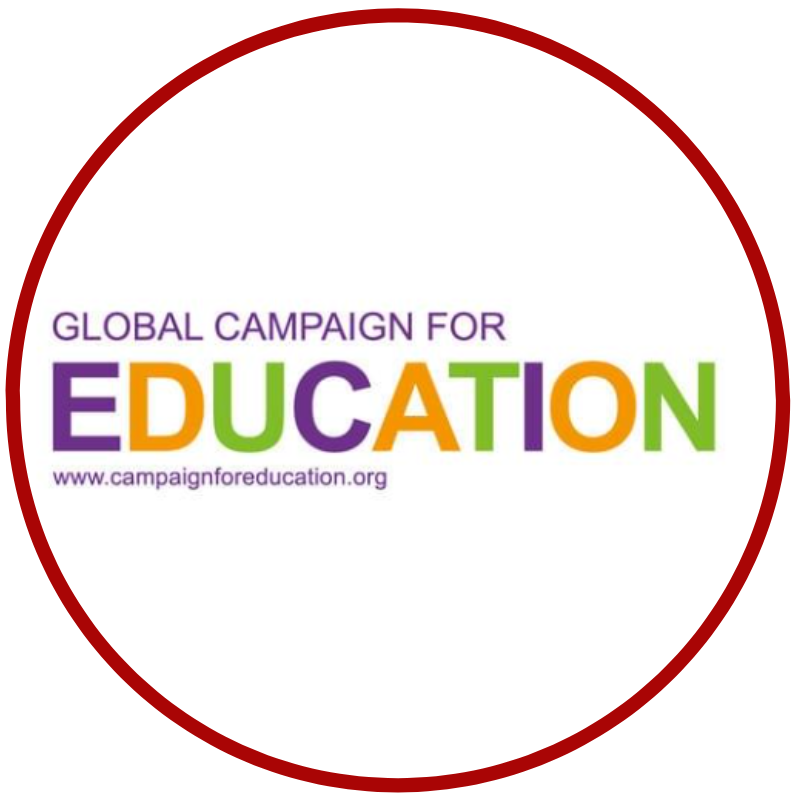By Stephenie Foster and Susan Markham
It is imperative that those who make U.S. foreign policy reflect who we are as Americans. Today, most foreign policy and national security decisions are made in centralized and closely held processes. This is true across institutions. We recently reviewed the list of experts called to testify in Congress on foreign policy from 2017-2020 and found that most of them are men.
There are now discussions about what a feminist foreign policy would look like in the United States. Most recommendations have focused on the executive branch and, among other things, call for greater representation of women in the relevant institutions and decision-making processes. Yet, the legislative branch has a key role to play. As part of its constitutional responsibility, Congress holds hearings that include both government officials and outside experts.
In order to ascertain who is called upon for foreign policy expertise, we looked at 1,143 witnesses who testified before the Senate Foreign Relations Committee (SFRC) and the House Foreign Affairs Committee (HFAC) in the 115th and 116th Congresses (between January 2017 and June 2020).
Overall, more men than women are called as non-government witnesses to testify about foreign policy. However, we are heartened by recent HFAC numbers outlined below and we expect that HFAC will continue to call witnesses at this rate. Further, SFRC should call at least this percentage of women to testify as experts going forward.
Senate Foreign Relations Committee: During both the 115th and 116th Congresses, the SFRC consisted of 22 men (96 percent) and one woman (4 percent). Of the 352 witnesses the committee called, 77 percent were men. Of the non-government witnesses, 75 percent of the experts were men and 25 percent were women.
House Foreign Affairs Committee: In the 115th Congress (2017-2019), the House of Representatives was controlled by the Republican Party; HFAC consisted of 38 men (81 percent) and nine women (19 percent). Since control of the House changed in January 2019, HFAC consists of 40 men (85 percent) and seven women (15 percent).
From January 2017 to June 2020, HFAC called 791 witnesses; 68 percent were men and 32 percent women. Of the non-government witnesses, 69 percent of the experts were men and 31 percent women. In the 115th Congress (2017-19), 76 percent of HFAC non-governmental witnesses were men and 24 percent were women. To date in the 116th Congress (2019-20), 58 percent of HFAC non-governmental witnesses were men and 42 percent were women.
In an effort to close this clear gap in representation, we recommend that the Senate and House leadership require a gender balance in witnesses called to testify. Informally, committee leaders should call equal numbers of male and female witnesses. At the same time, foreign policy experts who are often called to testify could pledge not to serve on a panel of three or more witnesses when no women are included.
Further, these committees must examine hearing topics with a gender lens and choose witnesses to include that point of view. Such an analysis will broaden and deepen an understanding of the policy landscape and the solutions considered. The committees must call more women to testify as foreign policy experts, on all subjects not just those related to gender. Policymakers need to understand that even “traditional” security issues, like force readiness, can be analyzed with a gender lens. Such an analysis will show how men and women are impacted differently by U.S. foreign policy interventions.
While increasing the number of women experts testifying doesn’t ensure a full gender analysis on foreign policy topics, it would be a great start to better ensure that policy is formulated and debated by a more diverse group of experts and policymakers with a broader range of expertise.






